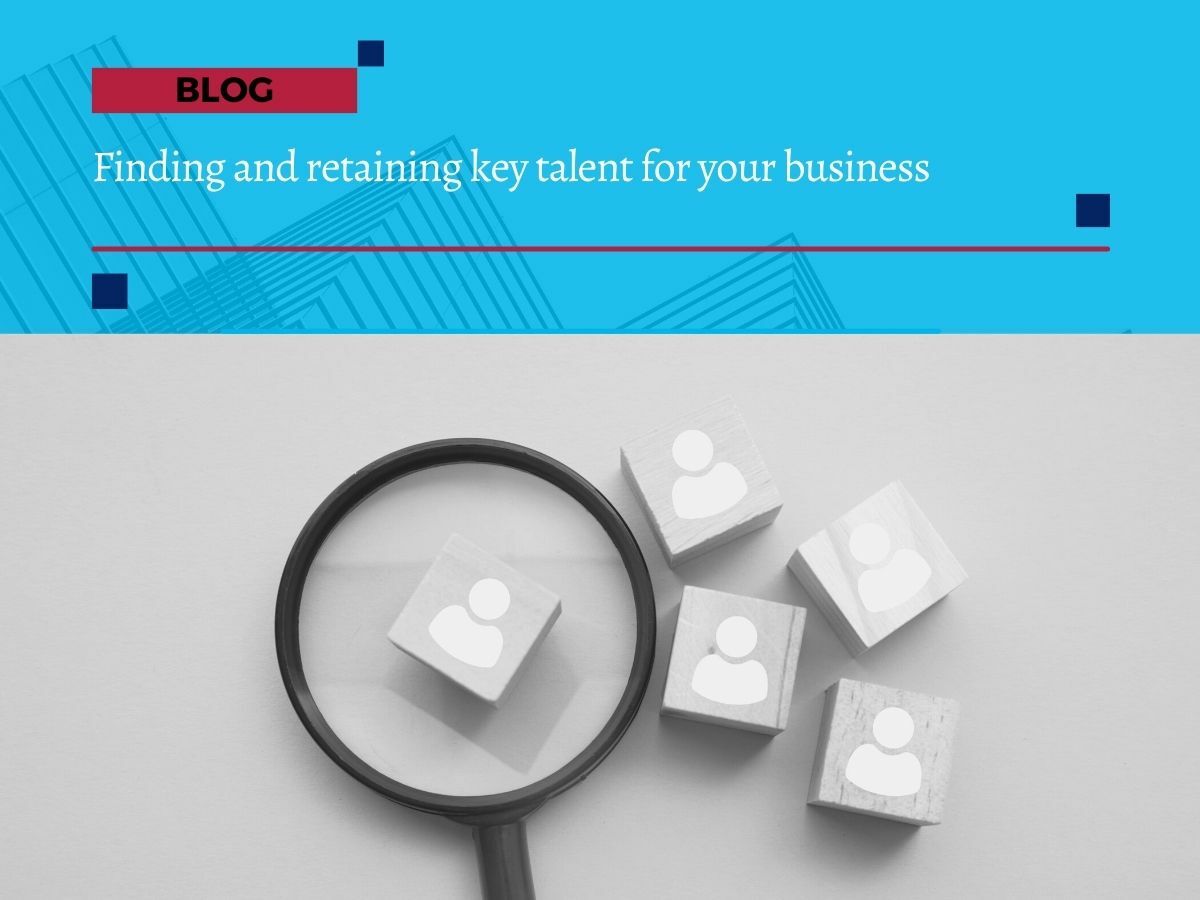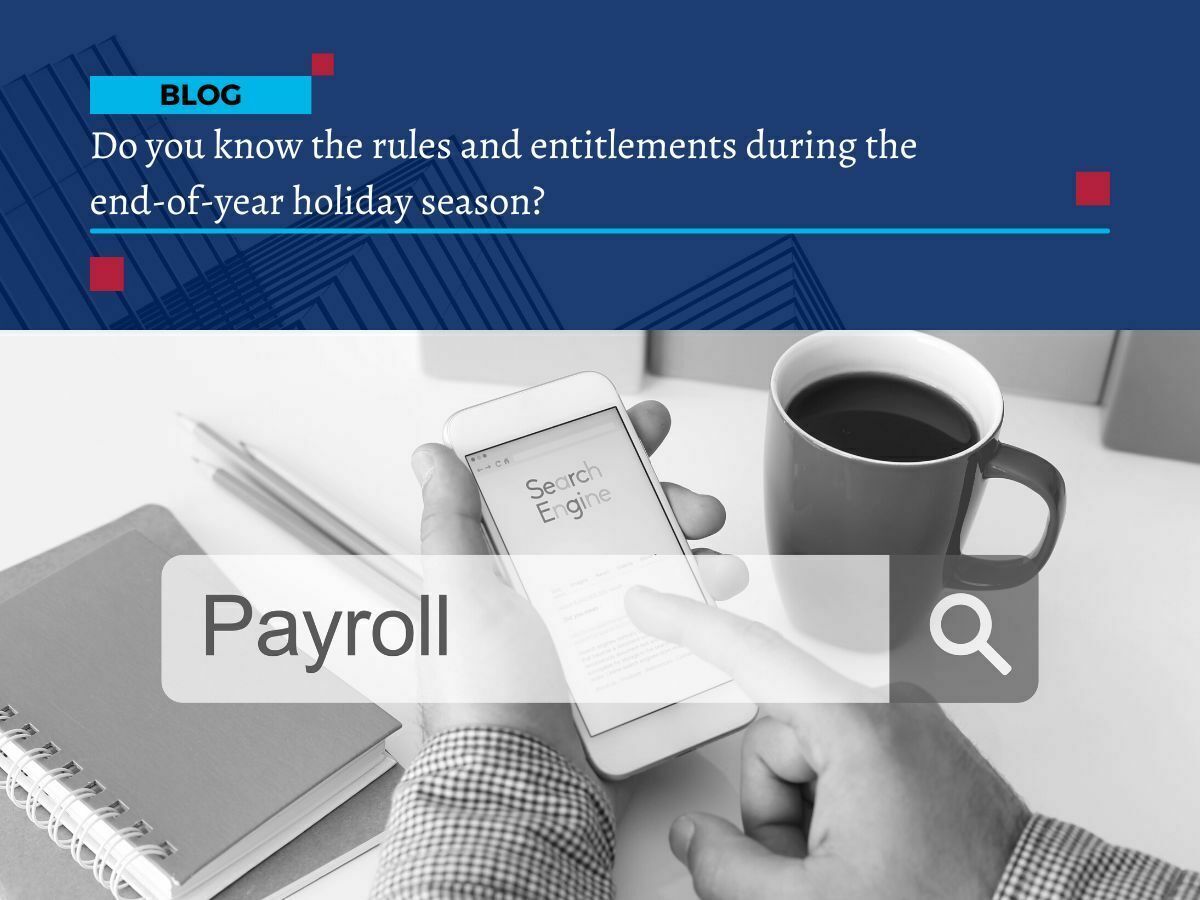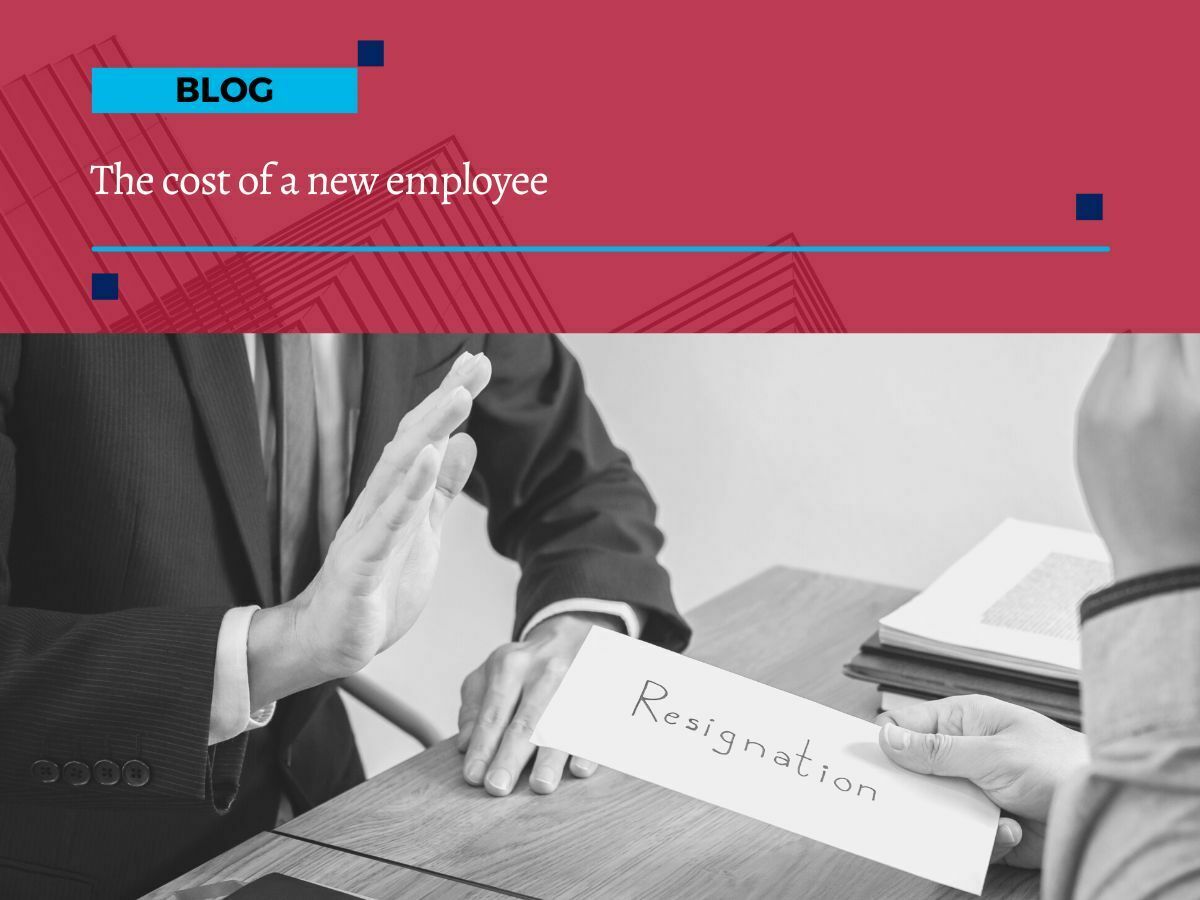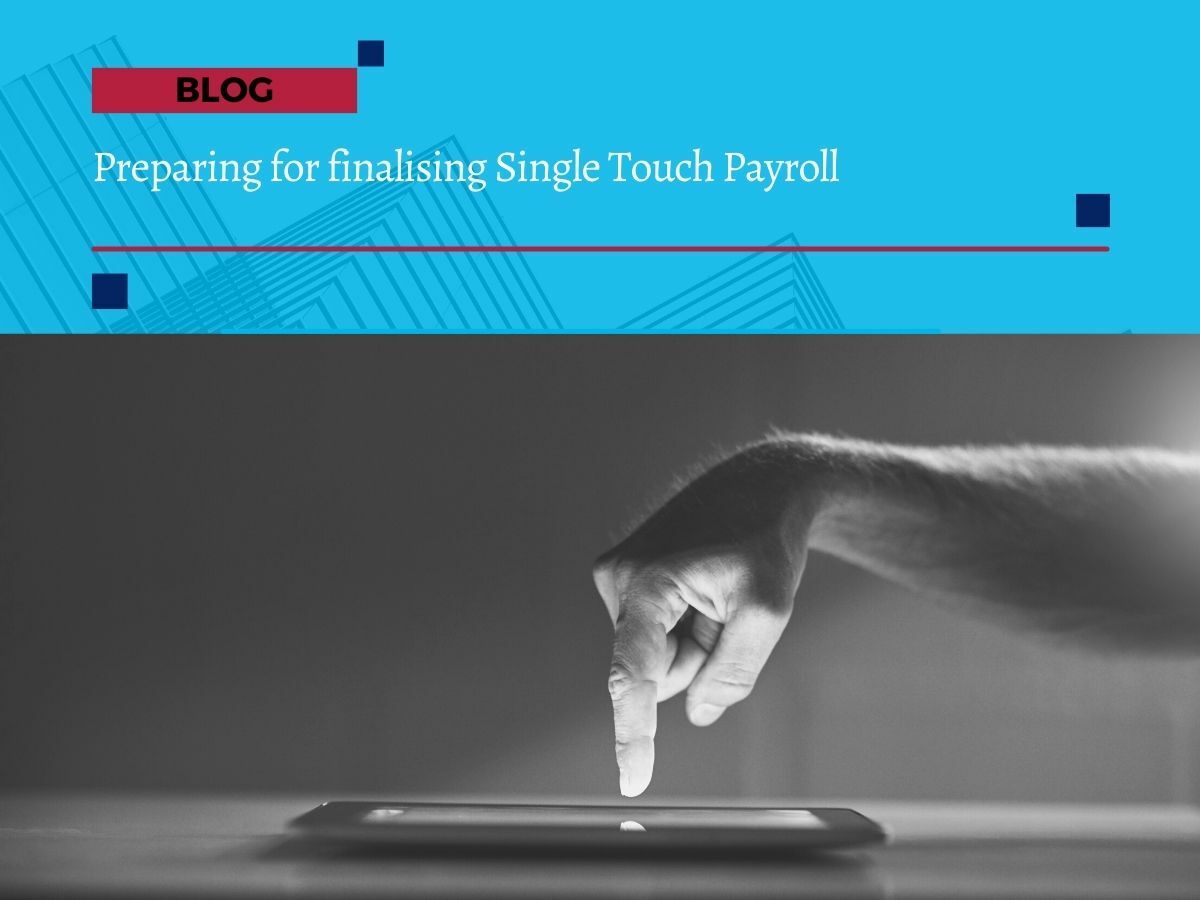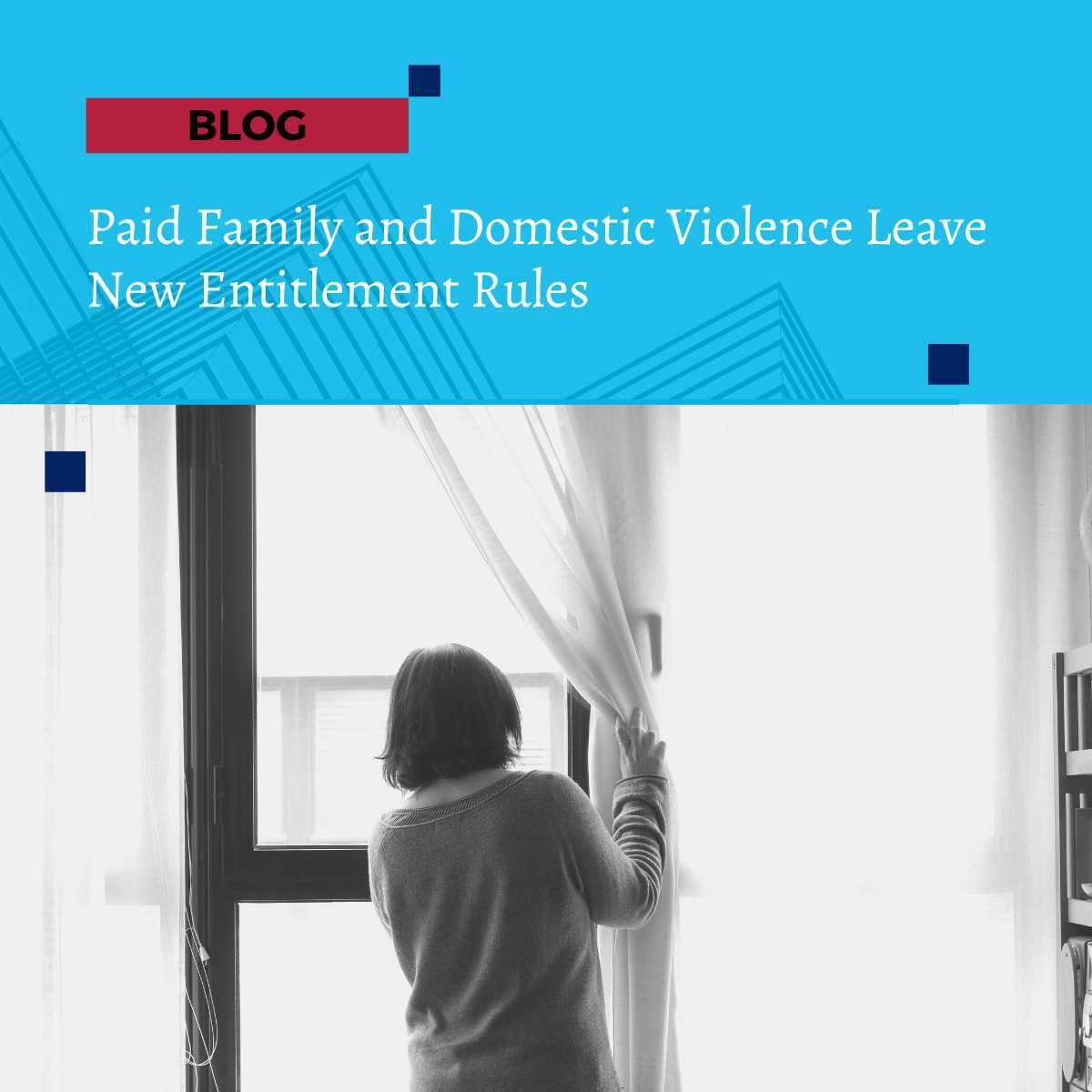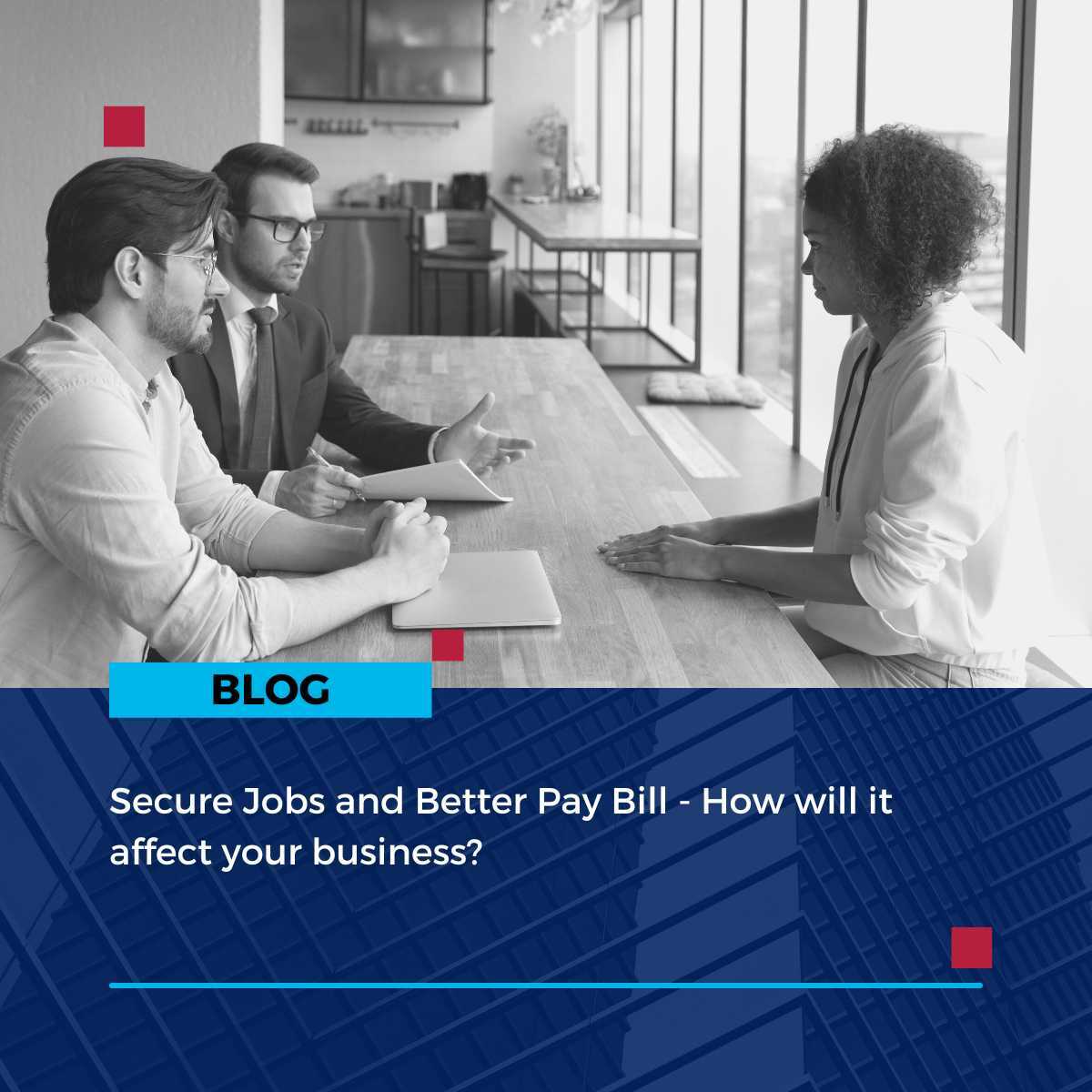
Remote work in 2024
Remote Work in 2024: Adapting to the New Normal
Remote work has significantly evolved over the past five years, becoming a mainstay for many businesses.
Back in 2019, we discussed the rising trend of remote work in our blog "Remote Work is on the Rise". As we move further into 2024, it’s clear that remote work is no longer a temporary solution but a permanent fixture in the way we operate.
The benefits of remote work in 2024
Attracting and Retaining Talent
Remote work opens the door to a global talent pool. You're no longer restricted to hiring within your local area or requiring employees to relocate. This flexibility is a major draw for top talent who value work-life balance.
Increased Productivity
Many studies have shown that remote workers often achieve higher productivity levels than their in-office counterparts.
For example, a study by Great Place to Work found that remote work increased productivity by 13% during the pandemic (Great Place To Work®). Additionally, research from McKinsey indicated that flexible working arrangements have significantly boosted employee satisfaction and productivity (McKinsey & Company).
Cost Savings: Both employers and employees can save money. Businesses can reduce overhead costs related to maintaining physical office spaces, while employees save on commuting expenses. According to Business News Daily, remote workers also experience less stress, contributing to increased productivity (Business News Daily).
The Benefits of Outsourcing Bookkeeping and Payroll to Remote-Capable Organisations
Outsourcing bookkeeping and payroll to firms that excel in remote work, like Busy01 Consulting and First Class Accounts Ovens & Murray, offers several advantages:
Consistency
Services are unaffected by location or employee absences. With remote teams, firms like Busy01 and FCA ensure that your bookkeeping and payroll tasks are completed on time, every time.
Expertise
Access to a team of experts who are well-versed in the latest technologies and best practices, ensuring compliance and efficiency.
Focus on Core Activities
As a business, you can focus on your core competencies while leaving the complex and time-consuming tasks of bookkeeping and payroll to professionals.
Scalability
Easily scale services up or down depending on your business needs without the hassle of hiring and training new staff.
Security and Data Protection
With the increase in remote work, data security has become a top priority. Businesses must ensure that their remote work policies include robust cybersecurity measures. This includes using VPNs, secure cloud services, and regular training on data protection practices.
At Busy01 and First Class Accounts (FCA), we emphasise the importance of maintaining high security standards to protect sensitive business data. For more detailed information on cyber security, you can refer to our blog, here.
Preparing Your Business for Remote Work in 2024
Establish Clear Communication Channels
Strong communication is vital for remote teams. Ensure you have multiple channels for different types of communication:
- Instant Messaging: Tools like Slack for quick, informal communication.
- Video Conferencing: Regular video calls via platforms like Zoom to maintain face-to-face interaction.
- Project Management: Software like Trello or Asana to keep track of tasks and deadlines.
Invest in Technology
Provide your remote employees with the necessary technology:
- Hardware: Laptops, monitors, and other required devices.
- Software: Subscriptions to essential tools and applications.
- Support: Technical support to assist with any issues that arise.
Foster a Positive Remote Work Culture
Building and maintaining a positive work culture is crucial. Encourage regular team-building activities, virtual social events, and ensure managers are trained to support remote employees effectively.
Address Tax and Legal Considerations
Remote work can have tax implications. Make sure you are aware of the regulations in your area and seek advice to ensure compliance. This includes understanding how remote work affects payroll, benefits, and other legal aspects.
Embrace the Future of Work
Remote work in 2024 is more refined and ingrained in our work culture than ever before. By focusing on robust communication, mental health, security, and the right technology, businesses can thrive in this remote-first world.
If you’re considering or expanding remote work for your team, contact us to ensure your systems are up to date and you’re compliant with all necessary regulations.

